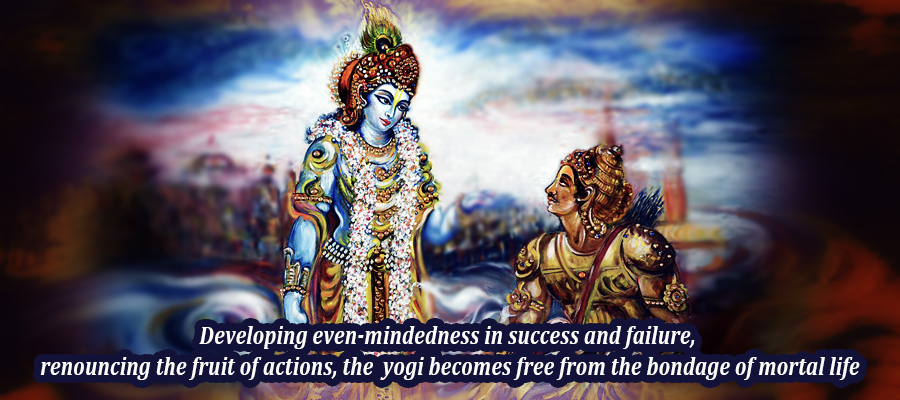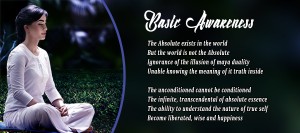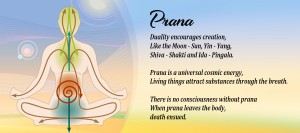How to know whether one has achieved perfection in this path ?
What are the marks of a true sthithapragna?
The yogi of stable mind gives up all cravings of the mind, withdrawn and satisfied in himself (2.55). He is not afraid of adversity, nor does he crave for happiness. He is the stabilized sage (sthithadhir muni), who is free from passion, fear and anger (2.56). Without friends or relations (anabhisneha), equal to auspicious and inauspicious events, he remains detached, unconcerned and absorbed in himself (2.57).
The senses are responsible for the delusion and the disturbances of the mind. By establishing contact with the outside world, the senses bind the mind to the sense objects. Out of this attachment is born the desire for the sense objects. Out of this desire arise passions, delusion, anger, loss of memory, confusion and finally loss of buddhi or intelligence (2.62&63).
Knowing this the Buddhiyogi tires to achieve stability of mind by withdrawing the mind from the sense objects, the way a tortoise withdraws its limbs (2.58). He stops enjoying the sense objects and thereby ends all his sorrow. By controlling his senses, devoting himself, heart and soul to God, he becomes firmly established in God (2.65). He becomes the awakened Yogi, who is awake (spiritually) when all beings are asleep (in ignorance) and who is asleep (mentally) when all being are awake in the world of desires (2.69). He becomes the ocean itself, undisturbed by the rivers of information flowing into him from all sides (2.70).
To achieve such a Brahmic State through buddhi yoga, one has to practice atma samyama yoga or the yoga of self-discipline which is described in the sixth chapter (10-19). The yogi should concentrate his mind constantly on his Self, leading a solitary life, controlling his mind, free from desires and possessiveness. Placing his firm seat in a clean place, neither too low nor too high, covering it with soft clothe, deer skin and kusa grass, he should practice yoga for self-purification, keeping his mind, senses and activities under firm control. Holding the body, the neck and the head straight in one line, concentrating his gaze on the tip of his nose, undistracted, with a peaceful mind, fearless, practicing celibacy, subdued in passions, he should become established in God and attain highest peace and nirvana (6.10-15).





